Nasturtium is one of the crops that can not only be used for decoration, but also eaten. The flower does not tolerate cold winters, so in central Russia and the northern regions it is grown as an annual. If you plant nasturtium seeds for seedlings at home, flowering will occur 2-3 weeks earlier. In addition, it is a fascinating process to watch how a plant emerges from a small seed and begins to develop. To make nasturtium seedlings strong, it is important to follow 6 basic rules.
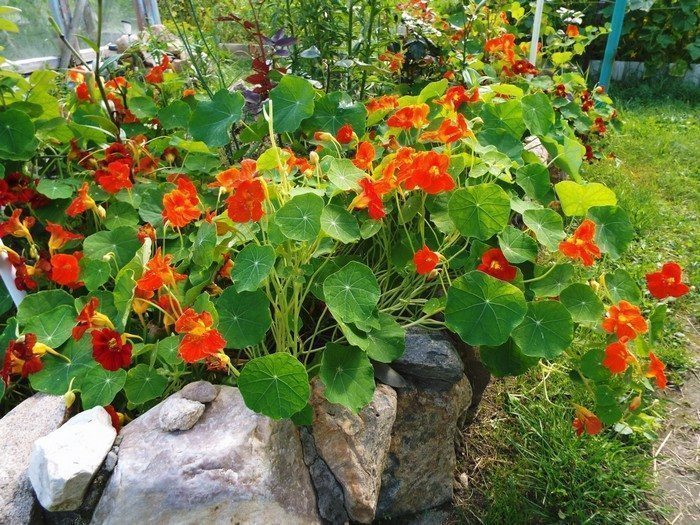
Compliance with sowing deadlines
If you plant seeds for seedlings too early, they will outgrow, because you will need to wait for warmer weather to plant young bushes in open ground. If seedlings spend too much time at home, they will become frail and elongated.
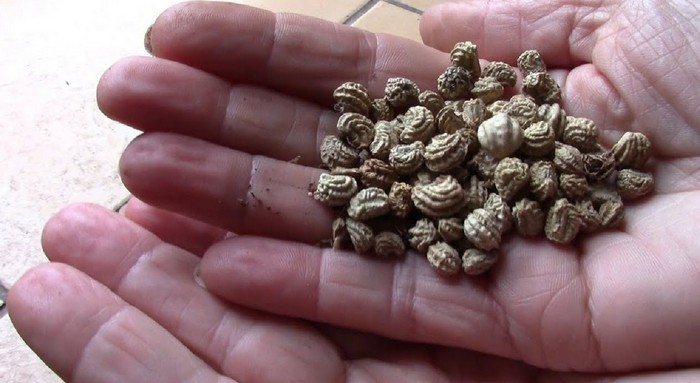
However, delaying sowing will lead to undesirable results. At the time of transplanting to the flowerbed, the plants will be too small and weak, and their adaptation will slow down. It should be taken into account that 50–60 days pass from the moment the first shoots appear until the onset of flowering.
When grown by seedlings, sowing of nasturtium is carried out:
- in the south - at the end of February;
- in the Moscow region - in mid-March;
- in Siberia and the Urals - in the first half of April.
Plants should enter the soil when the threat of frost has completely disappeared.Weather changes in the current season are also taken into account, because winter may be early or late.
Planting in peat cups
In order to save space on the windowsill, most plants are planted in a common container, and then the sprouts are planted in separate containers. You can do the same with nasturtium, however, in this case, the plants will experience stress twice - during picking and when transplanting into a flowerbed.
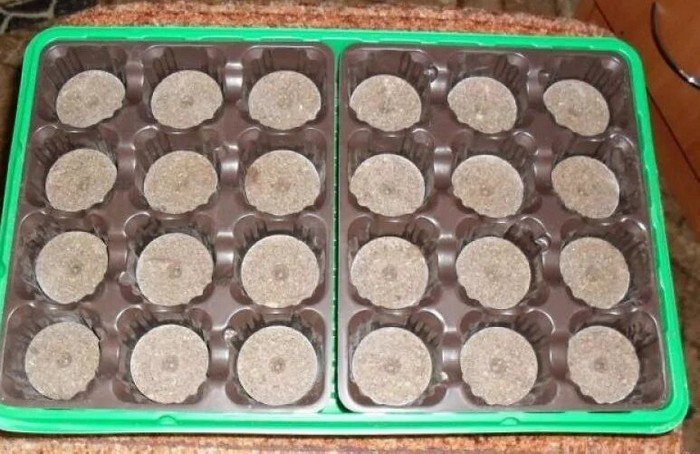
No matter how carefully the planting is carried out, the roots will be disturbed, and in the future the seedlings will have to restore the root system, so the plants stop growing for some time. Planting in peat tablets or cups allows you to avoid such problems.
Subsequently, the seedlings are planted in the ground directly in the same container. Before planting, the walls of the cup should be slightly fluffed, in the future the peat will rot in the ground and at the same time serve as a fertilizer. If you are not sure about the quality of the seeds, it is better to plant 2-3 seeds in one glass, leaving the strongest sprout in the future.
Creating greenhouse conditions
Nasturtium seeds take quite a long time to germinate. The first shoots can be expected only 2 weeks after sowing. All this time it is advisable to maintain the same soil moisture. To prevent the soil from drying out, cover the top of the cups with glass or transparent film.
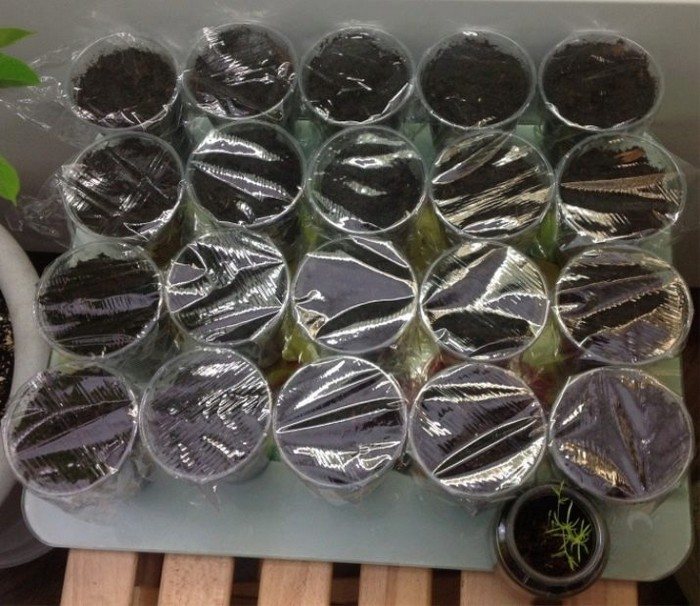
The seedlings are ventilated daily. If necessary, the soil is additionally moistened with a sprayer. If you do not adhere to this rule, it is easy to allow the soil to dry out. In this case, the seeds will die and you can forget about the seedlings. In this situation, all that remains is to re-seed.The seeds should be immersed in the ground to a depth of 2 cm.
Temperature conditions at the initial stages of growth
Until the seeds germinate, the crops are kept at room temperature. Access to light at this stage is optional. After the first sprouts appear on the soil surface, the cups are placed in a well-lit place and the temperature is necessarily reduced.
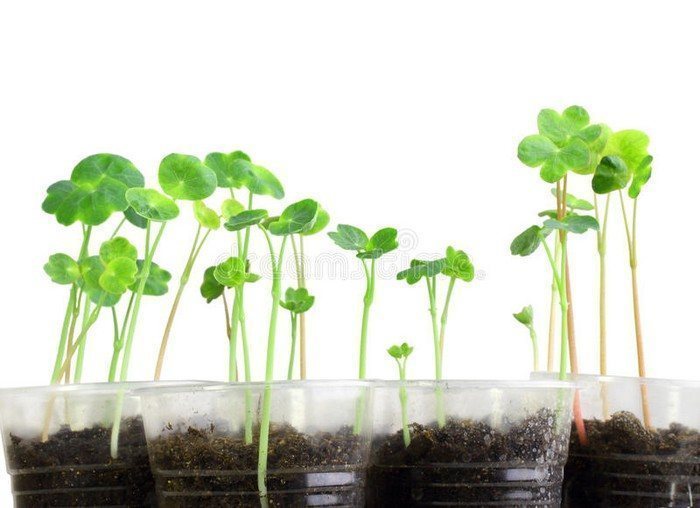
During the first week, the room should be cooler than usual. It is advisable that during the day the temperature does not exceed 18–20 °C, and at night it is a few degrees lower.
This technique will help contain the growth of seedlings, avoiding excessive stretching. When the temperature drops, the seedlings are watered very carefully, delivering water drop by drop to the root of each seedling. Overmoistening in combination with coolness can provoke the appearance of “black leg”.
Additional lighting
Nasturtium seedlings can easily stretch out due to lack of light. The culture needs a daylight period of 14–16 hours. If sowing was carried out in April, there is no need for additional lighting. When planting earlier, it is advisable to organize illumination using phytolamps, LED strips, and fluorescent lamps.
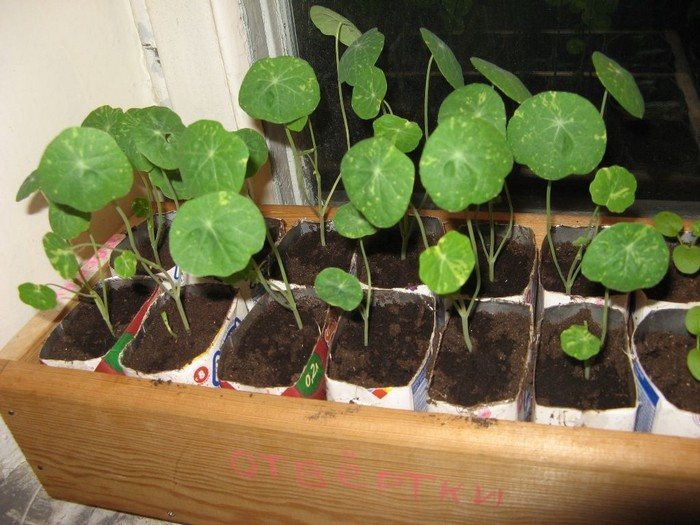
The lamp is installed in close proximity to the seedlings. It is more convenient to use suspended structures that are adjustable in height. The lamps are turned on for 2–3 hours in the morning and in the evening. If the weather is cloudy, the backlight can be left on all day.
Hardening before planting in open ground
At home, nasturtium seedlings grow pampered, because the most favorable conditions have been created for them here. If the seedlings are not hardened off and immediately transplanted into open ground, the plants will experience shock. Nasturtium is a heat-loving crop; it needs to be accustomed to open air and coolness gradually.
Hardening off the seedlings should begin 12–14 days before transplanting to the flowerbed. To begin with, open a window or window sash for 20–30 minutes. Every day, the ventilation time is gradually increased. In this case, it is necessary to ensure that cold air flows do not fall directly on the plants.
Towards the end of this period, the seedlings are taken out onto the balcony or loggia. When outdoors, plants are protected from direct sunlight and strong winds. Immediately before planting in the flowerbed, nasturtium is left outside throughout the day.

In order not to ruin strong and healthy seedlings, it is important to choose the right place for them on the site. Nasturtiums like warmth and plenty of sun. The plant does not tolerate cold winds and may suffer from frost. If the threat of cold snap still persists, the first week after planting in the ground, the seedlings are covered with non-woven material at night. Compliance with all these rules will help you grow nasturtium with bright leaves and abundant flowering.


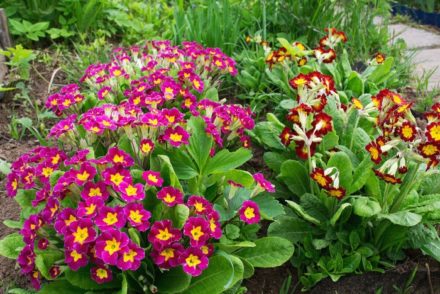
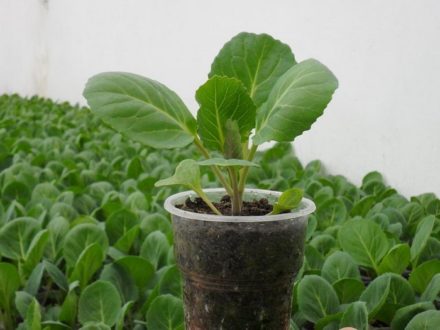
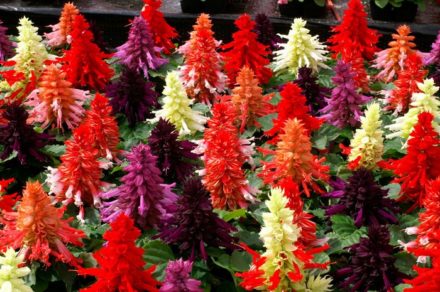

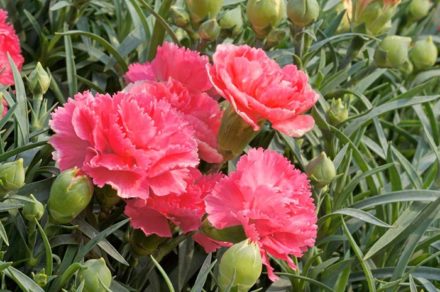

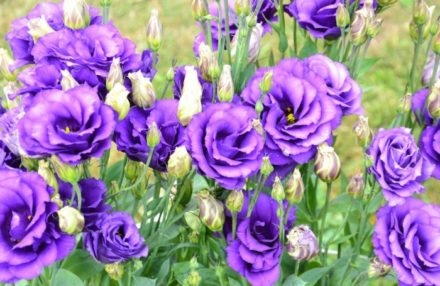
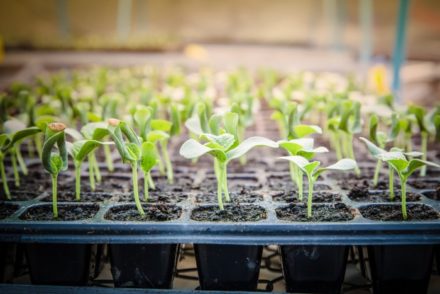
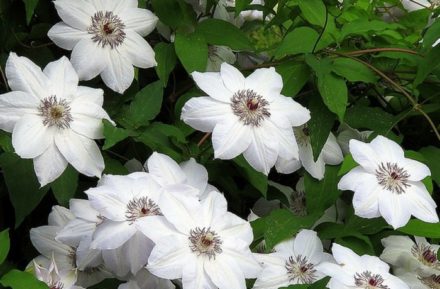
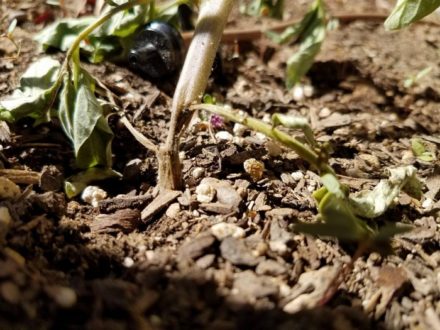
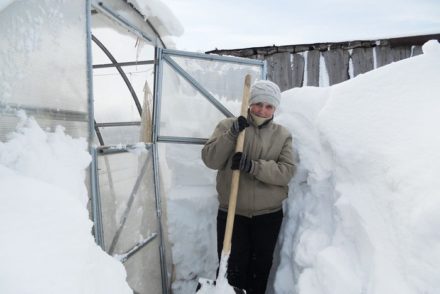
We have never grown nasturtium through seedlings. For what?? It grows well when planted with seeds in the ground in May. It already blooms in July, until October. Ural. But if you plant it in a low-lying place in a damp place, it will spread such lashes! And it will bloom with huge bright flowers. And Rassada is still recovering on the street - it will probably be August already.
I completely agree, I always plant sprouted seeds immediately in the ground after planting potatoes. I don’t cover it with anything, even the seeds that have remained in the ground since the fall germinate. They bloom all summer...until the snow.
And one day, out of two handfuls of seeds, not one sprouted! I still didn’t understand what happened. I had to urgently buy new ones and plant them directly in the ground.
Nasturtium is an excellent addition to everything blooming on the site, but its huge advantage is that it blooms before the snow and can recover from frost. And the seeds that were sown in the fall germinate once or twice in the spring and are strong and do not get sick, even if you want to change the place on the landscape, replanting does not harm.Nasturtium gives off such an aroma that it is better to plant it not at the entrance of greenhouses, not at gazebos, I think it is better not to experience it. Because everyone is circling around, collecting nectar, you will have to brush it off. In Indian summer, I even put a basket on my head to go into the greenhouse.